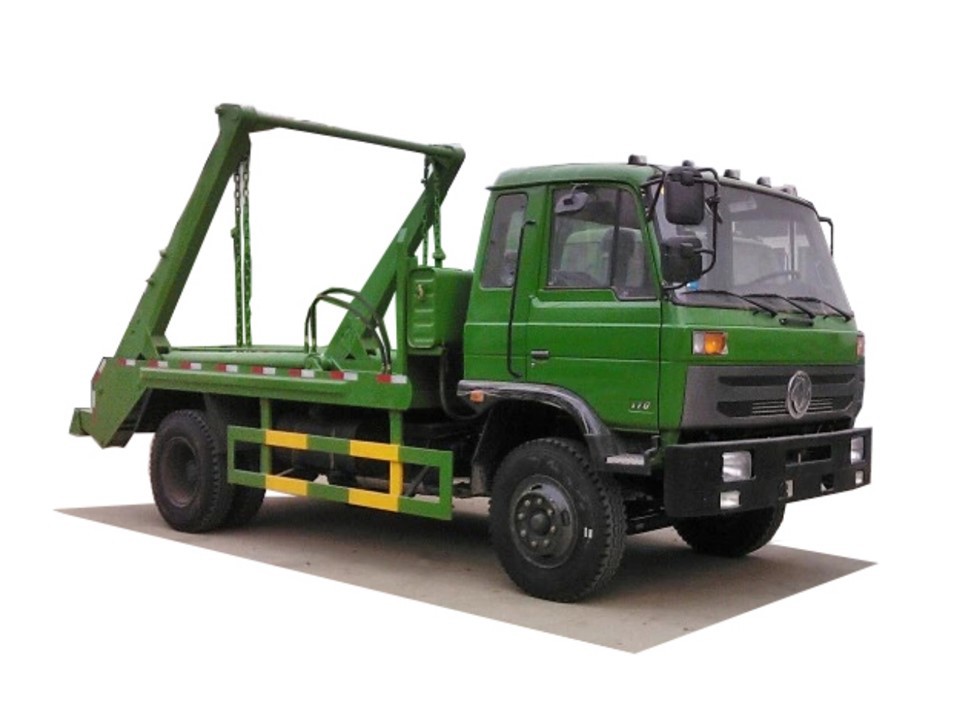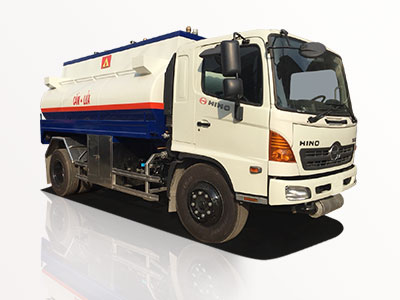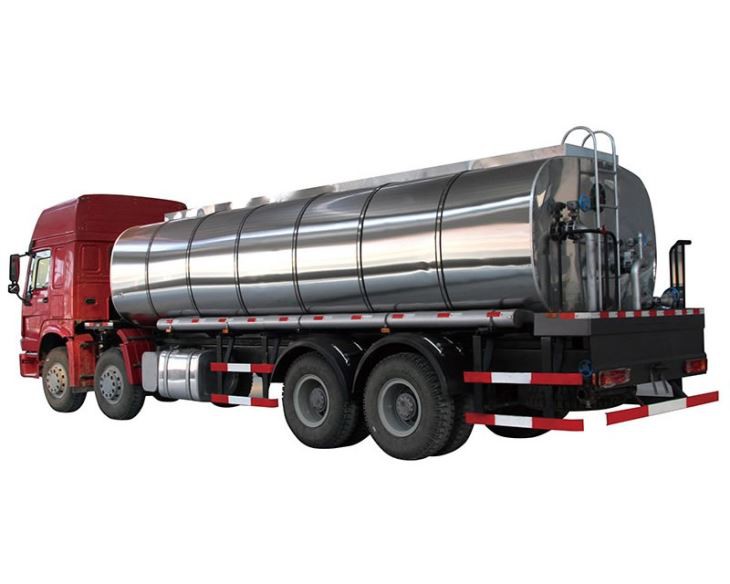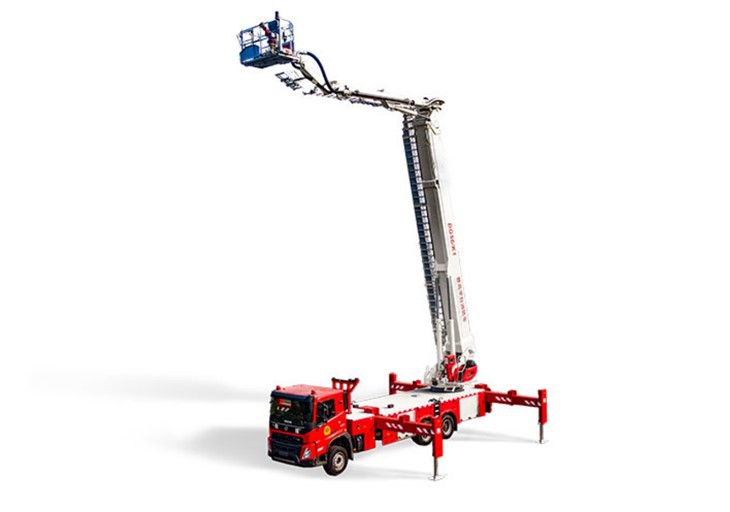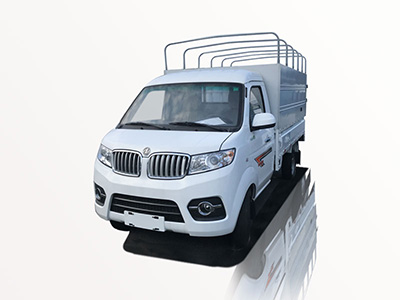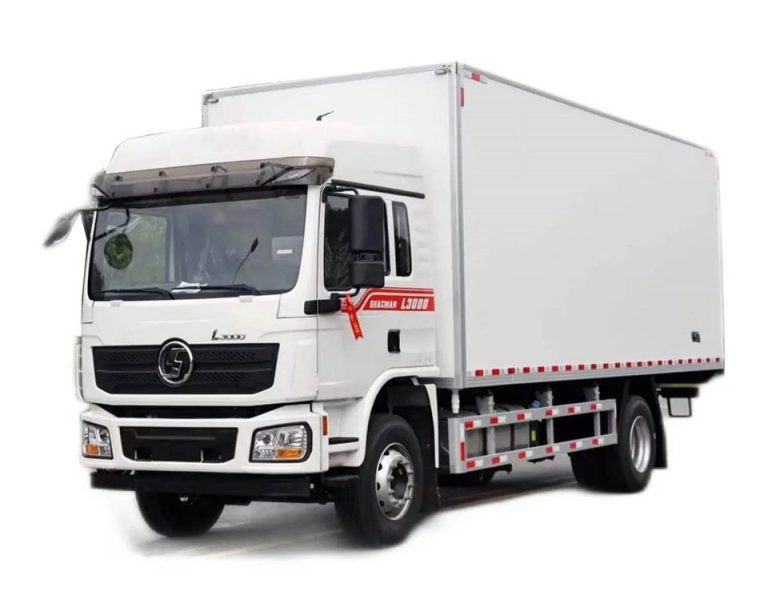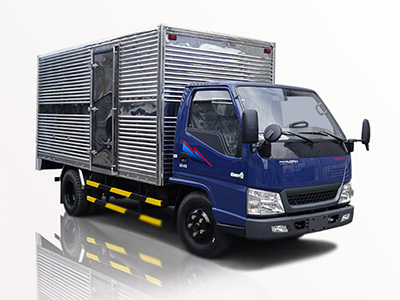Side loader trailers are specialized vehicles designed for transporting shipping containers. They have gained popularity due to their efficiency and flexibility in operations. In this article, we will explore the intricacies of side loader trailers, covering their design, operation, advantages, selection criteria, and more. By the end, you’ll have a comprehensive understanding of how side loader trailers can enhance your transportation needs.
What is a Side Loader Trailer?
A side loader trailer is a type of trailer that is equipped with a hydraulic system enabling it to load and unload shipping containers from the side. This design allows for greater accessibility in tight spaces, making it an ideal solution for urban environments where front or rear loading might not be feasible.
The Mechanics Behind Side Loader Trailers
Side loader trailers operate using hydraulic arms that lift containers from the ground and place them onto the trailer. The trailer typically has a flatbed design to accommodate containers of various sizes, from standard 20-foot containers to larger 40-foot units. The hydraulic system is powered by the truck or a separate power source, enabling the trailer to function autonomously in loading and unloading operations.
Types of Side Loader Trailers
- Single-Adjustable Side Loader:
This type allows for one-sided operation, making it suitable for certain environments but limiting its flexibility.
- Double-Adjustable Side Loader:
As the name suggests, this type can operate from both sides, offering greater utility for different loading scenarios.
Advantages of Side Loader Trailers
Side loader trailers come with several advantages that make them highly sought after in the transportation industry.
Space Efficiency
One of the main benefits of side loader trailers is their ability to operate in confined spaces. Unlike traditional trailers that require room for rear or front loading, side loaders can efficiently load containers in narrow locations, including busy urban areas.
Reduced Loading Time
The hydraulic systems in side loader trailers significantly reduce the time spent on loading and unloading containers. This efficiency is particularly beneficial in operations where time is critical, such as logistics and freight handling.
Flexibility
With the ability to load containers from either side, side loader trailers provide an unprecedented level of flexibility compared to traditional trailers. They can adapt to different job site conditions, allowing for seamless transportation of goods.
Minimized Risk of Damage
Side loader trailers are designed to handle containers with care. The hydraulic mechanism ensures smooth movement, reducing the risk of damaging both the container and its contents during loading and unloading.
How to Choose the Right Side Loader Trailer
Selecting the appropriate side loader trailer is essential for maximizing its benefits. Here are some key factors to consider:
Container Size Compatibility
Determine the types of containers you will frequently transport. Most side loader trailers can accommodate either 20-foot or 40-foot containers, but some are specifically designed for one size.
Weight Capacity
Check the weight rating of the trailer to ensure it can handle the container’s weight, including any cargo it may carry. Overloading a trailer can lead to safety issues and potential failure.
Hydraulic System Configuration
Look into the specifications of the hydraulic system. A more robust system typically provides faster loading and unloading operations and is less prone to wear and tear.
Durability and Build Quality
Assess the materials and construction used in the trailer. A durable side loader trailer should withstand harsh conditions typical of freight transportation and provide longevity in service.
Common Applications for Side Loader Trailers
Side loader trailers are versatile and serve various industries. Here are some common applications:
Shipping and Logistics
Transportation companies utilize side loader trailers for efficient container movement in ports and shipment yards, allowing for rapid turnaround times.
Construction Industry
In construction, side loader trailers are ideal for delivering supplies that come in containers, ensuring timely access to materials on-site.
Retail Operations
Retailers can benefit from side loader trailers in transporting inventory safely and efficiently, especially in urban retail locations.
Best Practices for Operating Side Loader Trailers
To maximize the efficiency and lifespan of your side loader trailer, adhere to the following best practices:
Regular Maintenance
Conduct routine checks on the hydraulic system and trailer frame. Regular maintenance helps prevent breakdowns and extends the trailer’s service life.
Proper Training for Operators
Ensure that all operators are properly trained in using side loader trailers. Knowledgeable operators are crucial for safety and efficiency during operations.
Load Management
Be aware of weight limits and ensure even weight distribution across the trailer to maintain balance and reduce the risk of tipping during transportation.
Cost Considerations for Side Loader Trailers
The cost of acquiring a side loader trailer can vary significantly based on several factors. Here are some key considerations:
Purchase Price
The initial purchase price of a side loader trailer can range from $50,000 to over $100,000, depending on the specifications and features.
Maintenance and Operating Costs
Factor in the maintenance costs that include hydraulic oil changes, inspections, repairs, and periodic replacements of equipment parts.
Resale Value
When purchasing a side loader trailer, consider its resale value. Well-maintained units tend to retain a good percentage of their value compared to those that are poorly cared for.
Side Loader Trailer Brands to Consider
When investing in a side loader trailer, researching reputable brands is crucial. Here are a few renowned manufacturers to look into:
| Brand | Features | Price Range |
|---|---|---|
| Langendorf | Robust hydraulic systems, high weight capacity | $60,000 – $90,000 |
| Boughton | Versatile models, double-adjustable options | $70,000 – $100,000 |
| Weseloh | Durable design, advanced technology | $50,000 – $80,000 |
FAQ Section
1. What is the typical lifespan of a side loader trailer?
With proper maintenance, a side loader trailer can last between 10 to 15 years depending on the usage and operating conditions.
2. Can I use a side loader trailer for non-container goods?
While side loader trailers are designed for containers, they can also transport certain non-standard goods if they can be securely loaded.
3. What maintenance is required for side loader trailers?
Regular hydraulic fluid checks, inspections for wear and tear on arms, brake system checks, and routine cleaning are essential to keep them in good working order.
4. Are there any weight restrictions for side loader trailers?
Yes, each trailer model has specific weight limits based on its construction and design. Ensure you do not exceed these limits to maintain safety and performance.
5. How do side loader trailers perform in rural areas?
Side loader trailers can operate in rural areas; however, accessibility to loading points may mitigate their efficiency compared to urban environments.
6. Is it possible to rent side loader trailers?
Yes, many companies offer rental options for side loader trailers, making it an excellent choice for businesses needing them temporarily for projects.
